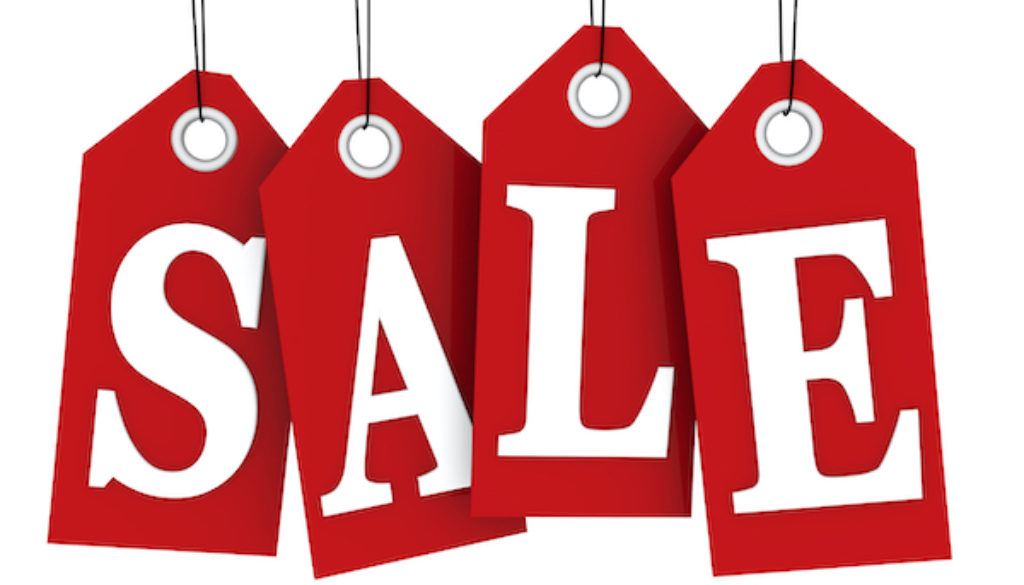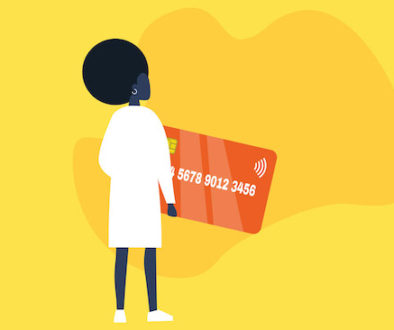7 things you should know to increase the sale
One of my business mantras is “Know Your Numbers” and because the numbers are the language of business, it is they who ultimately determine your success. As we know that business is literally a numbers game, but what is essential you know? Here we share seven predictive metrics that will give you results you can measure and manage to increase your sales, make better decisions and higher profits:
1. Understand your customers financially: Although there are very complicated formulas to determine this value, this simple version will help you begin: If your average customer spends $200 per purchase, and purchase three times a year and stays in your business for five years, Customer lifetime value is $3000 ($200 x 3 purchases = $600, $600 x 5 years = $3,000). Now you understand how much each customer is worth and what resources you need to attract and retain them.
2. How much it costs to acquire a new customer: This is called Customer Acquisition Cost, and help you determine how much you spend in any marketing or advertising campaign. Let’s say you put an ad in the local newspaper for $2,000. You get 20 answers and 10 sales. The acquisition cost of each customer is $200 ($2000/10 = $20). If you get $200 profit per sale, then you did a good campaign. But if your Customer Acquisition Cost is $200 you and have less or no profit, then its time to re-evaluate your marketing strategy.
3. Conversion Rate: Say deliveries flyers to people on the street. The campaign generated 1,000 leads over a period of two weeks, and 100 of them will buy. Your conversion rate is 10 percent (1000 leads / 10 new clients = 10 percent conversion rate). Too low? Make changes in your sales process, improve your customer service and better segmenting your audience gets a better offer. If you know where you are, then it tells you where you want to be.
4. Ticket sales average: The value of each sale is important if you want to generate repeat business and increase average ticket, in other words, the strategy “Do you want to add fries to your order?” Everything depends on your evaluation, and Few simple additions can quickly increase the value of the Information. For example, a restaurant that offers premium fittings and bottled drinks can easily increase the selling price from $60 to $100. This considerably increases the sales in a business.
5. Response Rates: Response rates of the conventional direct mail vary from one percent (generated by a list of regular customers) to five percent (generated using what I call a “warm” list of current and past clients). Response rates of emails are usually 1 percent. That means for 50 answers in direct mail, you need to make at least 5000 deliveries with an excellent deal. For 50 responses from a campaign e-mail, you need to send at least 50,000 emails, knowing that not all answers end in a purchase.
6. Rate leads to close sales: If you are in a business to business, in the category of professional services or have a long sales cycle time, your sales closing rate will give you an idea of the audience you need to head to sell. Let’s say your business insurance needs 10 prospects to generate five meetings to produce a client. For 1000 clients, you need to prospect for 10,000 people.
7. Contacts for sale: How many contacts you need to have your prospect before you buy? The general rule is: Two percent of sales are made on the first contact, three percent of sales are made on the second contact, five percent of sales are made on the third contact, 10 percent of sales are made on the fourth contact, 80 percent of sales are made on the fifth contact is generally agreed that on average need between four to seven contacts to sell.



